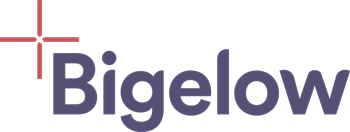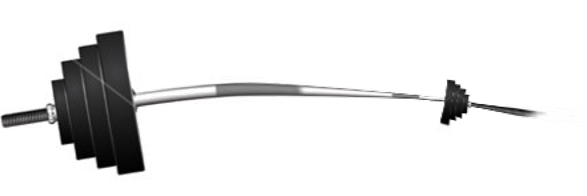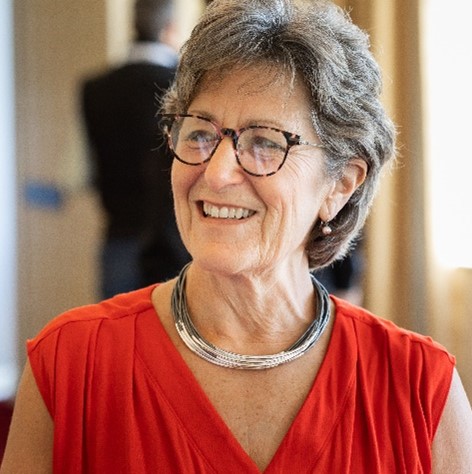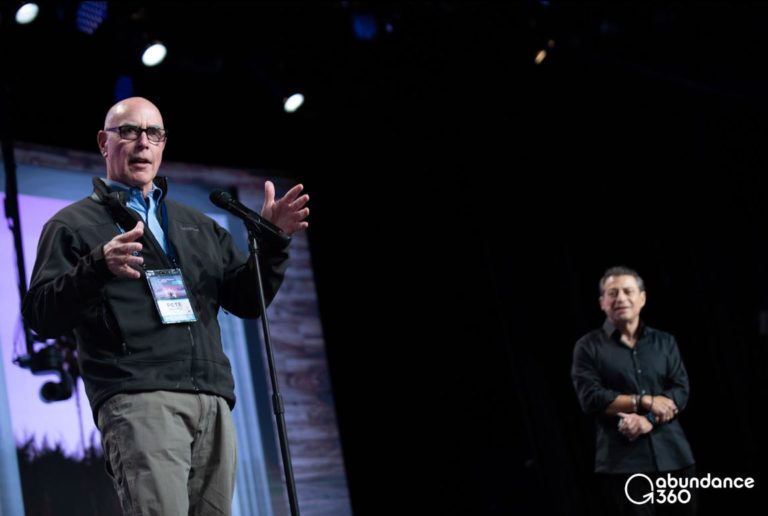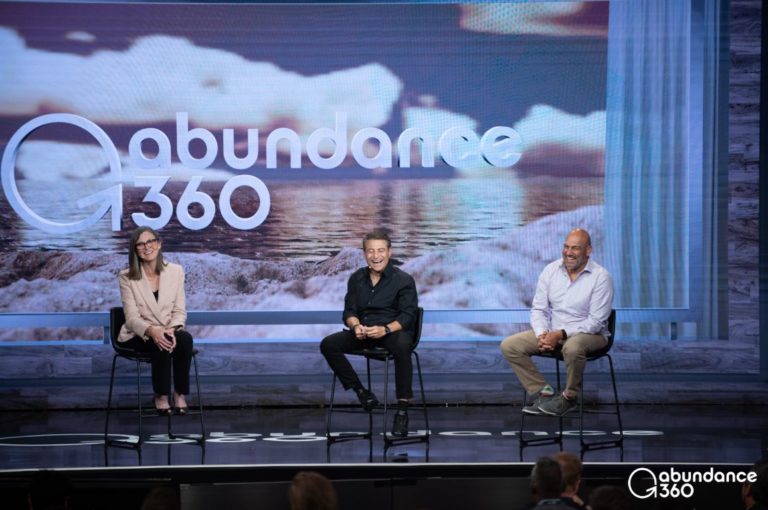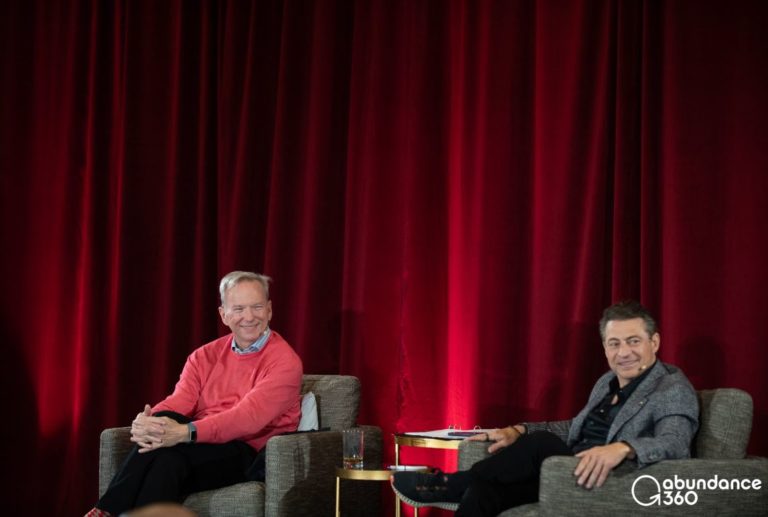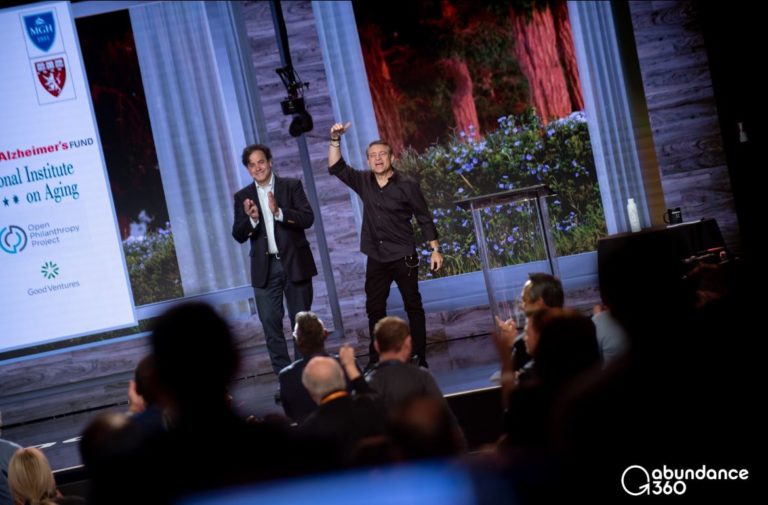2 minute read
Isles of Shoals
Almost nothing has been more illuminating recently of the contrasts between the Entrepreneurial World and the Bureaucratic World, as the debate about the need for “being in offices” that sprung up out of the quarantine. And that’s further emphasized by how both worlds are behaving around that subject now.
In the Bureaucratic World it seemed the operative question was, “what are people going to think” if we are out of the office? In the Entrepreneurial World the question was, “how are we going to accomplish our goals” when we are out of the office?
What is the provenance of the “business office” anyway? It grew out of the Industrial Revolution mirroring the factory. The big idea of the Industrial Revolution was division of labor, so we began (for the first time in human history) to work on dividing tasks to achieve a common outcome, during the same hours, in the same location—which allowed us to be more productive than we would be by working alone from home. We created offices alongside factories that worked six days a week 7:00 am to 3:30 pm, (now five days a week 8:00 am - 5:00 pm). We had no communication technology, so we merely imposed common hours at a common location.
But stare at the ceiling with me for a minute. Let’s just think about this subject in the context of 200,000 years of homo sapiens’ history. Look at the incredible achievements of the ancient Greeks or Romans. Marcus Aurelius didn’t work from an office. Look at Newton, Captain Cook, or Darwin. Nope, no offices. The Founding Fathers didn’t work from offices; they didn’t create the Declaration of Independence in an office. There was no office building, they didn’t “go to work.” To the extent that gifted thought leaders like Franklin or Jefferson collaborated at all, they met in a pub, or meeting hall, and then went home and did their drafting.
My guess is that EOM work and communication is going to be more and more like a barbell. A barbell where on one end it is casual, constant, intermittent digital communications for sharing content. Which beautifully frees us for the other end of the barbell: out-of-office travel time or face to face creative and inspirational work. The fact that we enterprise leaders don’t have to be locked in our offices (factories) for 8-10 hours a day to communicate any more, gives us a lot more time to be in the real world. We all will have an expectation of a lot more rapid, intermittent, digital communication (casual), and combine it with the other end of the spectrum—a helluva lot more meaningful time in the face to face real world (perhaps still out of office).
In our efforts to connect across our organizations, we’re challenged by the proliferation of real-time virtual interaction technology, from Zoom to Slack to Teams, plus group texting, WeChat, WhatsApp, and everything in between. There’s no excuse to not collaborate. The problem? Interacting is easier than ever, but true, productive, value-creating collaboration is not.
If we don’t have the barbell mindset, then where engagement is currently occurring, its quality is deteriorating. We are responding with a Zoom when it should have been email, and missing the opportunity for quality face to face time because we are confusing it with a Zoom. This wastes valuable resources, because every minute spent on low-value interactions burns our energy to be used for essential, creative, face to face engagement.
Are there some parts of our domains where we should think deeply about this question? Sure. We all know people who used the quarantine as an excuse to hide out because they like hiding out. What do you do when some individuals you work with “feel more comfortable” with Zoom than they do with in-person meetings and… thus avoid in-person meetings to everyone’s detriment?
Is there anyone who doesn’t believe that some form of hybrid work is back to stay—that the expectation of 100% “in office” was an artifact of the factory mentality? It’s fabulous that we get to speak with each other from literally anywhere, and even see each other smile or frown using digital platforms, but there is something missing compared to live interaction, it’s flat. Thus, the need for our increased mindfulness to know when to pull the plug on digital and go live face to face for certain dialogues or contexts becomes… wisdom.
What I am Reading / Listening to
Prisoners of War (2010)
Written and directed by Gideon Raff
What is it we find so compelling about Israeli-created movies or series?
I am obsessed with Prisoners of War. And I loved loved loved Fauda (maybe even more than POW).
From the beginning of Prisoners of War, you find yourself immediately in the midst of an emotional hot mess. Two of the families who have been waiting 17 years for news, good or bad, hear that their loved ones are coming home to Israel from Syria. Nothing in the dialogue fully portrays the jumble of emotions they're feeling. It's all conveyed with the artistic use of flashback, daydream sequences, and some tremendous acting. Also, there's something about the subtitles that draw you in because you're not just watching TV, you're reading, too, which for me is infinitely more absorbing than just “receiving” video. It’s not simple—in fact it’s hard work—to understand the subtleties of action. So much so that I found myself confusedly reaching for the remote to turn up the volume when I realized I didn’t understand the text in the subtitles!
Every character is clearly drawn out by the end of the first few episodes, except for the former prisoners Uri, and Nimrode themselves who are suffering obvious PTSD and in a state of emotional shutdown. Nimrode has a teenage daughter who must have been in utero when her father was captured. She says almost nothing, but you see her smoking pot in a car with a much older man, apparently nonchalant about the prospect of seeing her dad for the first time. It's all there to be read without any heavy-handed dialogue telling us she's rebelled without a father figure and is having sex with older men as a dad replacement.
As a critic in The Guardian brilliantly described: “It's a show that never doubts you have the basic intelligence to do most of the work for yourself and incredibly satisfying for it. It looks almost dreamlike at times and has a faintly hypnotic effect at its stillest moments.”
It’s said that Prisoners of War was the inspiration for the US series Homeland. I quit Homeland after the first few seasons—just got to recipe-like and predictable for me—and if so, Homeland is a weak follow-on for the real thing.
Entrepreneur Owner-Manager Quote
“You entered our lives, lifted us up, and changed our lives forever in so many ways. You mentored, educated, trusted, challenged, and protected us….and you helped change our lives forever.”
-Lisa Allen, Former 2nd Generation Owner & Chairman of the Board of The Ziegenfelder Company
Energy Creation
This year’s Abundance 360 business owner’s group resumed in person after two virtual years, with days dedicated to the Abundance Mindset, Longevity Mindset, and Exponential Mindset. The group is made up of business owners (only) from all over the world who are interested in the convergence of exponential technologies, and who agree to meet once a year for twenty-five years. This was year ten.
Here are a few bullet point highlights of the content:
Cathie Wood, Founder and CEO of ARK Invest is a stunning independent critical thinker that pried open my eyes that there is actually someone in the active investing sector who “gets it”, i.e., the rapid convergence of exponential technologies affecting our enterprises, our families, our communities. ARK Invest focuses only on a few disruptive technologies and places big bets with conviction on those sectors. They are: Autonomous Technology and Robotics, Next Generation Internet, Genomic Revolution, Fintech Innovation, 3D Printing, Mobility-As-A-Service, and Space Exploration. ARK Invest seeks to capitalize on those sectors’ rapid change through their convergence of insights. Great learning.
Eric Schmidt, best known as the former CEO of Google (but with a lot of other successes in his life) was riveting. As he talked about his evolution from Bell Labs to CEO of Novell, to CEO of Google he said (I’m paraphrasing), “Every time I came to what I thought might be the end of a chapter, I always somewhat resisted it. I mean, I was good at what I did at Bell Labs, and going to Novell was a small company that was less prestigious and…scary. And going from CEO of Novell, now an established large public company to Google…what? And then departing Google after 12 years as CEO to go write a book with Henry Kissinger…each of the endings of these chapters felt scary and I resisted it. And in the perfect vision of hindsight, instead of resisting those changes, I should have been full out running towards them. Each of them opened up new potential in me that candidly…I didn’t know I possessed.”
Rudy Tanzi, PhD Harvard researcher (and serial entrepreneur) spoke on “Slaying Alzheimers.” It’s the second time I’ve heard the comical and self effacing Tanzi speak and he inspires great optimism about how close we are to understanding the mechanisms of diseases of aging like Alzheimers, and therefore how close we are to finding a cure for it. But don’t get me wrong, he was sobering too—40% of all humans over 85 years old have Alzheimers. How do you increase healthspan without brain health? You don’t. You can increase lifespan, but not healthspan.
Walter Parkes, the Founder and CEO of Dreamscape Immersive spoke about their new venture Dreamscape Learn. I’ve been waiting patiently (well, not really patiently) for this technology since 1995. They have pivoted the VR/XR technology of Dreamscape Immersive from the entertainment space to the higher education space. DL is a joint venture with Arizona State University which already has 1,000 students using the technology in the biology program. The online experience that most students—K-12 and higher ed—received during the quarantine is tragically not the quality of the online experience that the best users of it are implementing. A lot of what was called online education was simply Zoom classes of the stand and lecture method. Places like ASU and SNHU have been successfully implementing high tech tools to make their online offerings rich learning experiences that have great outcomes for hundreds of thousands of students per year. Parkes’ vision is up against the higher ed cartel which is mightily resisting change, we’ll see if it is time.
Some of the most exciting conclusions are the number of new enterprises enabling the abundance of food, water, energy, environment, housing/shelter, healthcare, and education. (It’s always seemed unreasonable and absurd to me to have otherwise well intentioned people lecturing us on conserving energy when it’s obvious that access to energy is completely correlated with quality of life.)
Look, I think we can all agree that the acceleration in the velocity of adoption of digital communication platforms from the restrictions of the quarantine has been good for both for profit and not for profit enterprises. But the last two years illustrated too, that while content can be effectively transferred digitally, that relationship building is more challenging digitally compared to in-person. For me, being a participant in A360 is half for the content and half for the roomful of energy that comes from 100+ Entrepreneur Owner-Managers exponentially creating fountains of energy. Our Founder and Facilitator/Curator Peter Diamandis never seemed more ebullient, more joyful than he did this year. Participants were in the aggregate and on average more extroverted—hands out to shake hands and say, "Hi, I'm Seeby Woodhouse" (or fill in the blank of another friend). The last three years of A360 shows just how digital communication is incredibly effective when used intelligently.

© 2024 Bigelow LLC. All rights reserved.
